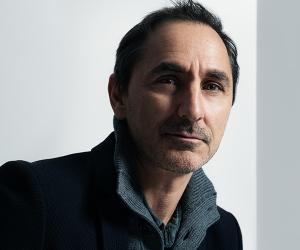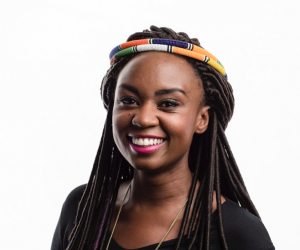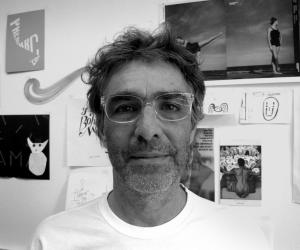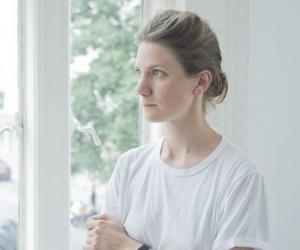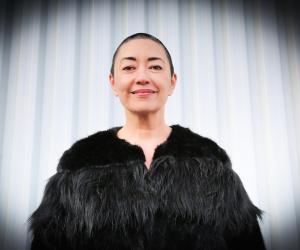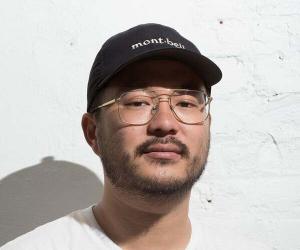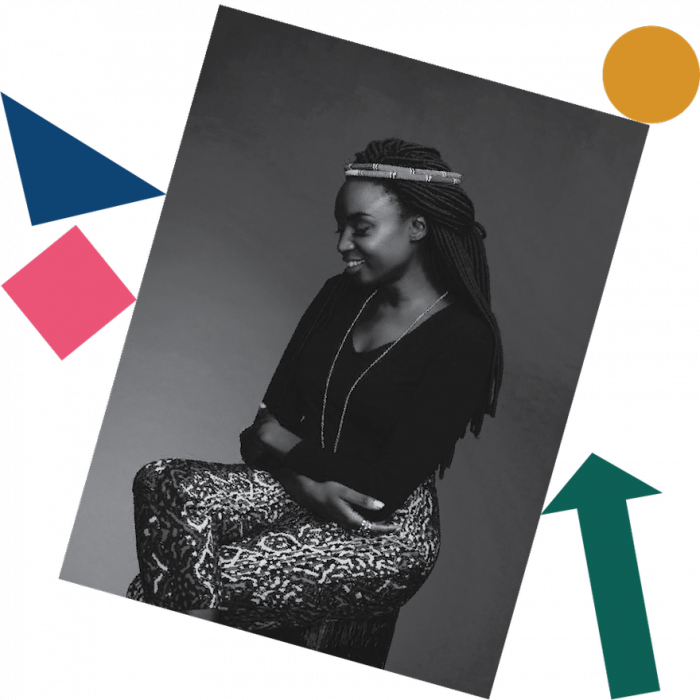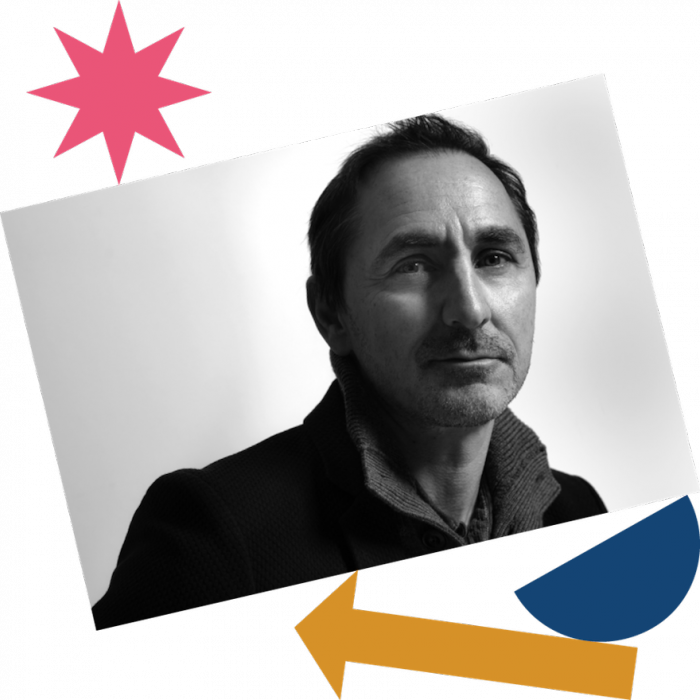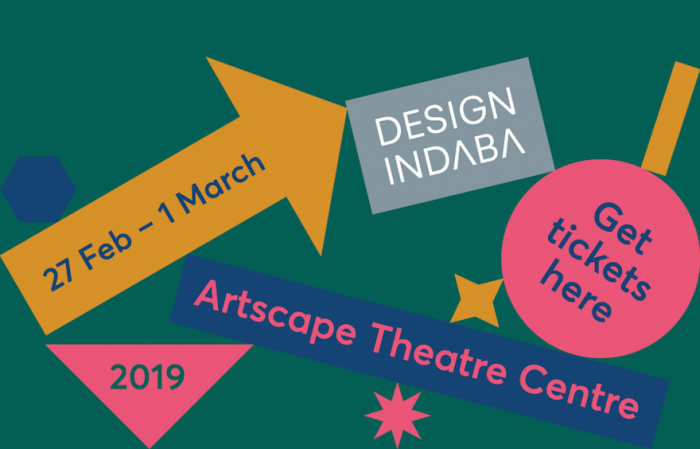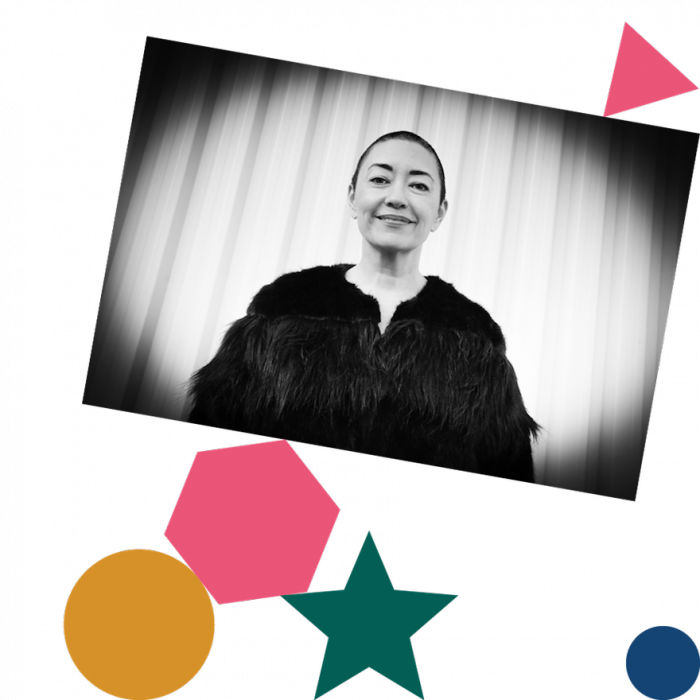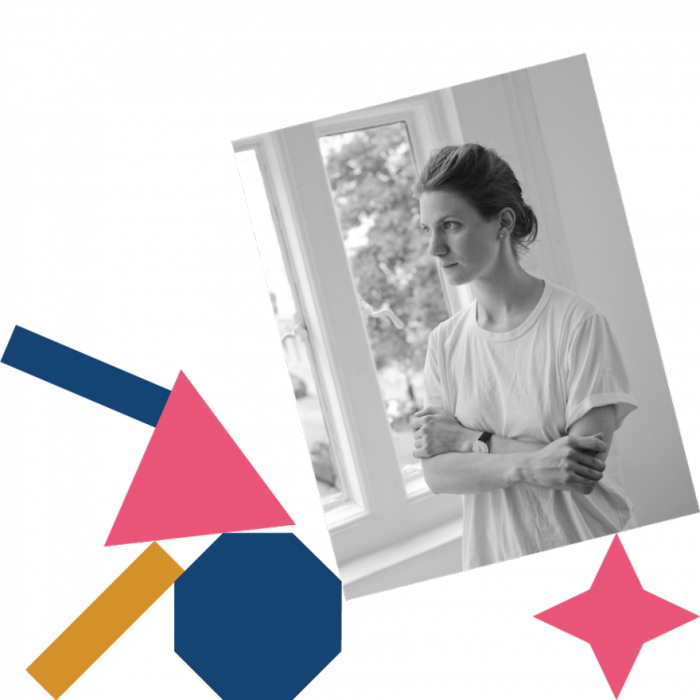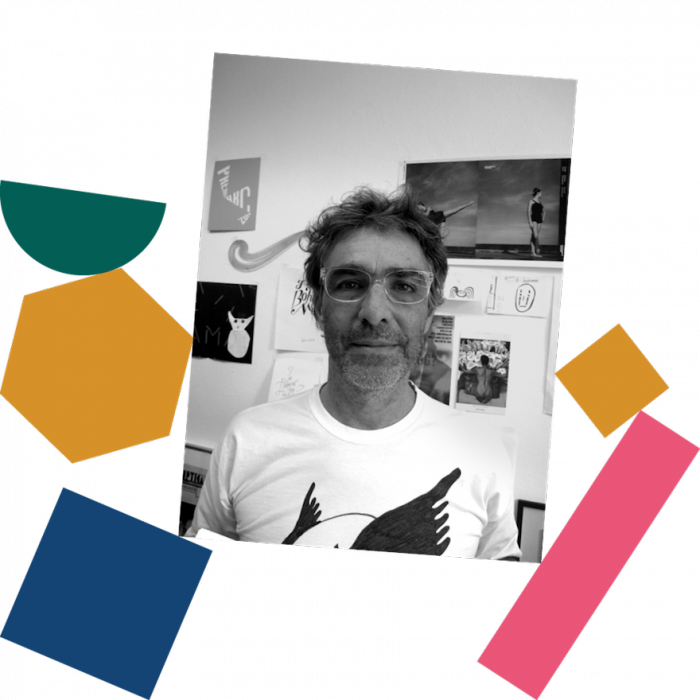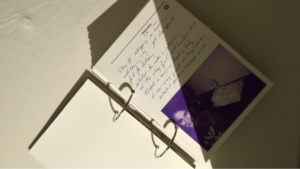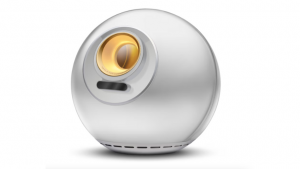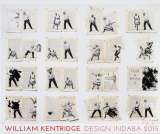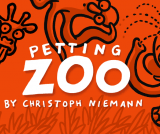Current conversations around the future of Artificial Intelligence tend towards the dystopic - speculation around the possible replacement of humans by machines and their consequent obsolescence typically running to doomsday scenarios.
In response Design Indaba and Daniel Ting Chong - a former Design Indaba Emerging Creative - are exploring an alternative reality, one where technological symbiosis creates something better, something that’s both human and inhuman. It’s no longer Man vs Machine, it’s now Man X Machine.
By imagining a future where neurons and silicon collaborate, the dynamic shifts from the adversarial to the supportive and fosters a creative relationship between man and machine that brings the best in each together to create something more than the sum of its parts.
Can we teach computers to be imaginative? Can randomness make something emotive and meaningful? And what does this mean for design? These are just some of the questions Ting Chong asked when conceptualising the promotional campaign for Design Indaba 2019, which runs from 27 February to 01 March.
"Everything truly interesting begins with a question," states Ting Chong. "With an overarching theme of ‘support’ as a starting point, we pushed it further and asked ourselves how AI, bots, computers and applications ‘combine’ with us to create our work and support us to make beautiful things."
To answer these questions, he created a script running through a set of parameters – a world within which the AI could explore and create. This method paves the way for designer and computer to generate something new, together.
The first step was for Ting Chong to design a foundational set of shapes for the AI to work with - the final 13 forms range from squares and triangles to stars and polygons filled with colours drawn from a palette of Bubblegum Pink, Crocodile Green, Fast Food Mustard and Night Blue.
Then Ting Chong added physics to the mix, making the shapes bounce and settle in a never-ending sequence of random combinations. Now it was time for the AI to play. Each time the code ran, a new design was made, creating an infinite number of variations and combinations.
The next challenge for Ting Chong was helping the AI communicate key information around the event through the design – things like encouraging Design Indaba Conference delegates to save water or telling them where the bathrooms are. “These are not the type of things computers would ‘think’ about," he comments.
The design team created a single document filled with a description of the programme itself and a string of numbers. The entire promotional campaign for the upcoming event – from online banners to posters and social media posts – was created using this one document, illustrating how simplicity in design can provide an elegant solution to a complex problem.
So, what can AI do for you? Eleven lines of code, 490 words, 13 shapes and five colours. The campaign shows the immense creative potential that lies in an AI and human collaboration born out of curiosity, creativity and mutual support – what’s more this progressive project embodies the global standard of creativity for which the Design Indaba is renowned.

